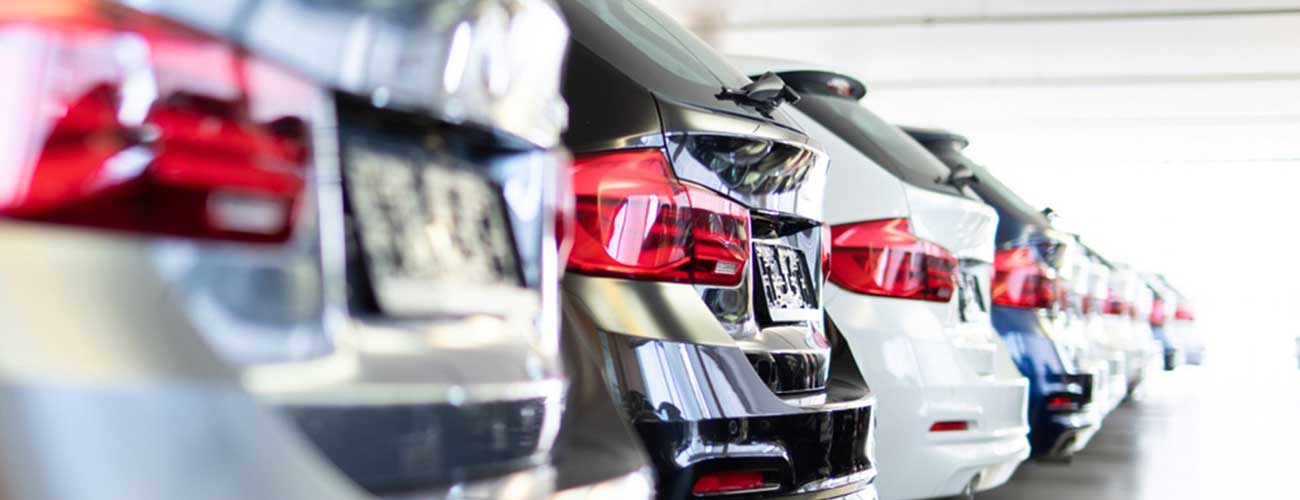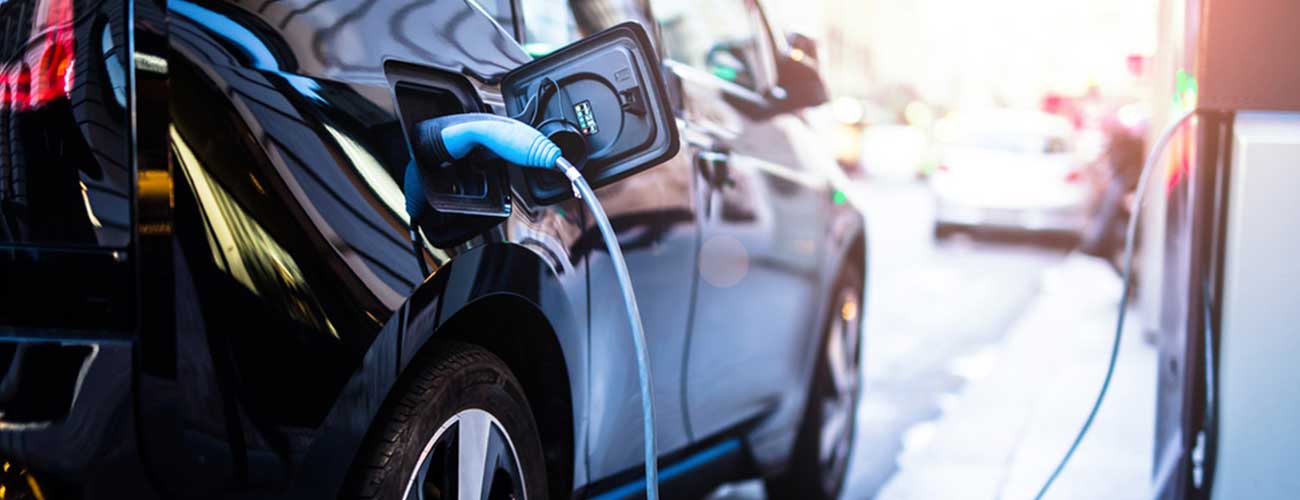March 28, 2023
Abby Nuttall
Articles
Many fleet management companies are looking for ways to make their vehicles more sustainable, and as a whole, save the business money. With that in mind, we’ve pulled together tips on how to get the most out of your fleet vehicles.
1. Reduce idling in your fleet - you could be wasting over £3 an hour
A study by IET revealed that in winter alone, drivers can idle for 244 minutes, which is a lot of wasted petrol, as well as the amount of CO2 that it would produce. Idling can use around half a gallon of fuel an hour, although this can depend on the type and size of the vehicle. This equals just over 2 litres of fuel in the UK, with petrol around £1.50 per litre, that’s over £3 an hour your business could be wasting. If we take the 244 minutes and times it by £3 per hour lost of wasted petrol, drivers could be losing £12.18 per car in those three winter months analysed. If your business fleet has 100 cars idling you could lose £1,218. This will obviously depend on other factors such as the amount you drive, the type of road or the car, but you still could apply some changes to save your company money.
Additionally, the engine idling will contribute to wear on the engine and other components of the vehicle. This can lead to you having to complete maintenance work more often or earlier than expected, which adds to the cost of the vehicle.
Ways to Reduce Idling
1. Educate Your Drivers – There are a lot of myths surrounding engines and needing to warm them up, especially in the winter. Modern vehicles do not need to stand idling before moving. The best way to warm your engine up is to drive it. If you provide drivers with information on best practices, then this will help reduce the time they spend idling.
2. Turn the Engine Off at Stops – If your fleet includes delivery vehicles or those that make regular stops, then you should encourage drivers to turn the engine off fully when the vehicle isn’t in use. This will not only reduce fuel usage but will also be safer if the key is not kept in the ignition.
3. Stop-Start Vehicles – If you are upgrading your fleet and do not want to move fully to electric vehicles just yet, then we recommend looking at models that use stop-start technology to turn the engine off when you are stationary, even in traffic.

2. Invest in Telematics to Improve Efficiency
Telematics is used to describe the collection and transmission of data between a vehicle, or device installed in a vehicle, and an external server or device such as a phone or computer where it can then be analysed.
The data that can be collected includes:
- Vehicle location
- Vehicle speed
- Distance travelled
- Time spent idling
- Fuel consumption
- Some driver behaviours
Depending on your business’ needs, the telematics that are used may vary but the main systems used are vehicle trackers and dash cams. The main benefit of using telematics is that it gives you a lot of information that can then be analysed and regularly reviewed, helping you get a more sustainable fleet.
This information can be used to:
- Highlight areas of concern with your vehicles - This can be mechanical issues, high fuel consumption or other issues that you can then arrange repairs for or even a change of purpose for the vehicle.
- Improve vehicle safety – Being aware of issues with your vehicle will allow you to complete maintenance work promptly keeping it in a safe, roadworthy condition. Telematic products such as dash cams will also help protect your vehicle from theft.
- Highlight areas of concern with drivers – This might be a bad driving habit or an issue with route planning. Using telematics allows you to spot these issues early on and quickly rectify them, whether this is through more training or closer management.
- Optimise routes – If your vehicles regularly cover the same routes, then you can use vehicle tracking data to optimise these routes to reduce fuel consumption and emissions.
- Planning your fleet’s future – Knowing how vehicles are used and where they are used can help you plan how your fleet will change with the business. You can use this to choose the best fuel types and specific models for each individual vehicle’s needs.
Overall, these points help create a better working environment for your drivers, leading to happier employees and better productivity.
Simon Naylor, Director of Wessex Fleet, explains the types of problems they see on a regular basis and how they can be solved: “Some examples of everyday data we see are things like petrol vehicles that are being used by a driver who covers a large distance, so switching them to a more fuel-efficient model is a better option for them. Or noticing a driver has a habit of braking harshly and then providing additional training to help them reduce the need for this, therefore increasing their efficiency. We can also provide supporting video for insurance claims from dashcam footage if unfortunately you are involved in an incident.”
3. Be More Fuel Efficient
There are the more obvious ways to save on fuel when it comes to driving. Reducing idling, as we mentioned before is one of them, speeding is another and not harshly accelerating or braking can also help with efficiency. These all can cut down the amount of fuel you use, but there are other ways that businesses can save when filling up on fuel.
Investing in fuel cards can offer your company cheaper fuel rates at the pump depending on the type of card you choose. If you choose a fixed rate card provider then the cost for you will remain the same for the entire week, even if the price at the pump increases.
Additionally, you might be able to use bunker sites where the fuel is sold at cheaper rates. You could also encourage carpooling if colleagues are going the same way or to the same meeting, as well as tracking your fuel consumption to get a better idea of certain car models that may work best for your business.

4. Businesses Could Save Over £1,500 per Car, per Year, if They Move to EV Fleets
While this may not be possible for all businesses, our research revealed that businesses could save over £1,500 per year, per car, if they switch their fleet vehicles to EV models. The ways you could save money are listed below.
|
Type of Saving | Average Saving Per Vehicle, Per Year |
Fuel | £899 |
Charging | £318 |
Car Tax | £165 |
Low-Emission Zones | £3,250 |
Maintenance and Repairs | £250 |
Total For London Vehicles | £4,882 |
Total For Non-ULEZ or LEZ Vehicles | £1,632 |
How Much Could Different Sized Fleets Save?
Below outlines the savings for different fleet sizes based on location per year:
|
Fleet Size | Savings Per Year (London) | Savings Per Year (Non-ULEZ or LEZ Charge Areas) |
2 | £9,764 | £3,264 |
5 | £24,410 | £8,160 |
10 | £48,820 | £16,320 |
25 | £122,050 | £40,800 |
50 | £244,100 | £81,600 |
100 | £488,200 | £163,200 |
250 | £1,220,500 | £408,000 |
500 | £2,441,000 | £816,000 |
1000 | £4,882,000 | £1,632,000 |
While businesses may be hesitant to make the switch due to concerns around, for example, the cost of charging, the range these cars can cover or the cost of maintenance, these cars can come in similar to that of petrol and diesel when it comes to repairs. This is down to having fewer car components that can go wrong, they can be cheaper to maintain and the range of these cars is also consistently improving as technology advances. If fully electric isn’t something your business can do, then maybe consider Hybrid.
Simon added: “We’ve seen a big rise in enquiries from businesses looking to switch their fleets to EVs, and seeing these numbers, it’s understandable why. With many businesses looking for ways to save money after difficult periods in the industry, as well as ways to save on their carbon footprint, this could be a good alternative if a business can make the switch.”
If you’re interested in learning more about how Wessex Fleet could help your business, view our range of fleet management services.
